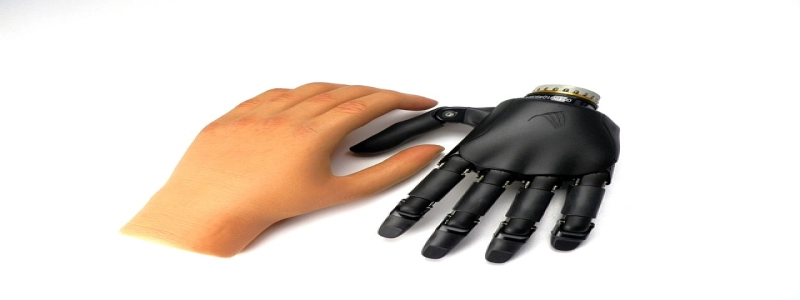Computer Monitor Connectors Types
I. Introduction
A. Definition of computer monitor connectors
B. Importance of computer monitor connectors
II. VGA Connectors
A. Description of VGA connectors
B. Advantages of VGA connectors
C. Disadvantages of VGA connectors
III. DVI Connectors
A. Description of DVI connectors
B. Advantages of DVI connectors
C. Disadvantages of DVI connectors
IV. HDMI Connectors
A. Description of HDMI connectors
B. Advantages of HDMI connectors
C. Disadvantages of HDMI connectors
V. DisplayPort Connectors
A. Description of DisplayPort connectors
B. Advantages of DisplayPort connectors
C. Disadvantages of DisplayPort connectors
VI. Thunderbolt Connectors
A. Description of Thunderbolt connectors
B. Advantages of Thunderbolt connectors
C. Disadvantages of Thunderbolt connectors
VII. Conclusion
A. Summary of different computer monitor connector types
B. Considerations when choosing a computer monitor connector
C. Importance of selecting the right connector for your computer monitor.
I. Introduction
Computer monitor connectors play a vital role in connecting monitors to computers and other devices, allowing for the transfer of video and audio signals. These connectors are crucial for ensuring a seamless display experience and compatibility between devices.
II. VGA Connectors
VGA (Video Graphics Array) connectors are one of the most common types of connectors used for computer monitors. These connectors feature the familiar blue 15-pin design and are widely supported by older computer systems and monitors. VGA connectors transmit analog signals, making them suitable for lower resolutions and refresh rates. However, they have limited support for high-definition displays.
III. DVI Connectors
DVI (Digital Visual Interface) connectors are another popular option for computer monitor connections. These connectors come in two types: DVI-A (analog) and DVI-D (digital). DVI connectors offer better image quality compared to VGA, as they can transmit both analog and digital signals. DVI-D connectors are specifically designed for digital signals and are more commonly found in modern computers and monitors.
IV. HDMI Connectors
HDMI (High-Definition Multimedia Interface) connectors have become the standard for high-definition displays and audio transmissions. These connectors are widely used in home entertainment systems and modern computer monitors. HDMI connectors can transmit both video and audio signals, eliminating the need for separate audio cables. They support higher resolutions and refresh rates, making them ideal for gaming and multimedia purposes.
V. DisplayPort Connectors
DisplayPort connectors are a newer type of interface that offers high-performance video and audio transmission. They support higher resolution and refresh rates compared to HDMI and are becoming increasingly popular in gaming and professional monitor setups. DisplayPort connectors also allow for the daisy-chaining of multiple monitors, simplifying cable management.
VI. Thunderbolt Connectors
Thunderbolt connectors are primarily found in Apple devices but are gaining recognition in the PC market as well. These connectors combine high-speed data transfer and video transmission capabilities, making them suitable for external device connectivity. Thunderbolt connectors are backward compatible with DisplayPort, providing versatility for various monitor setups.
VII. Conclusion
In conclusion, computer monitor connectors come in various types, each with its own set of advantages and disadvantages. When selecting a connector for your computer monitor, it is crucial to consider factors such as resolution, refresh rate, and compatibility with your devices. Choosing the right connector type ensures optimal performance and connectivity for your monitor setup.








